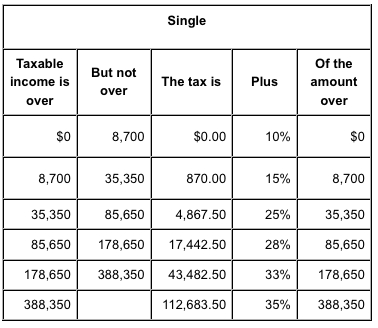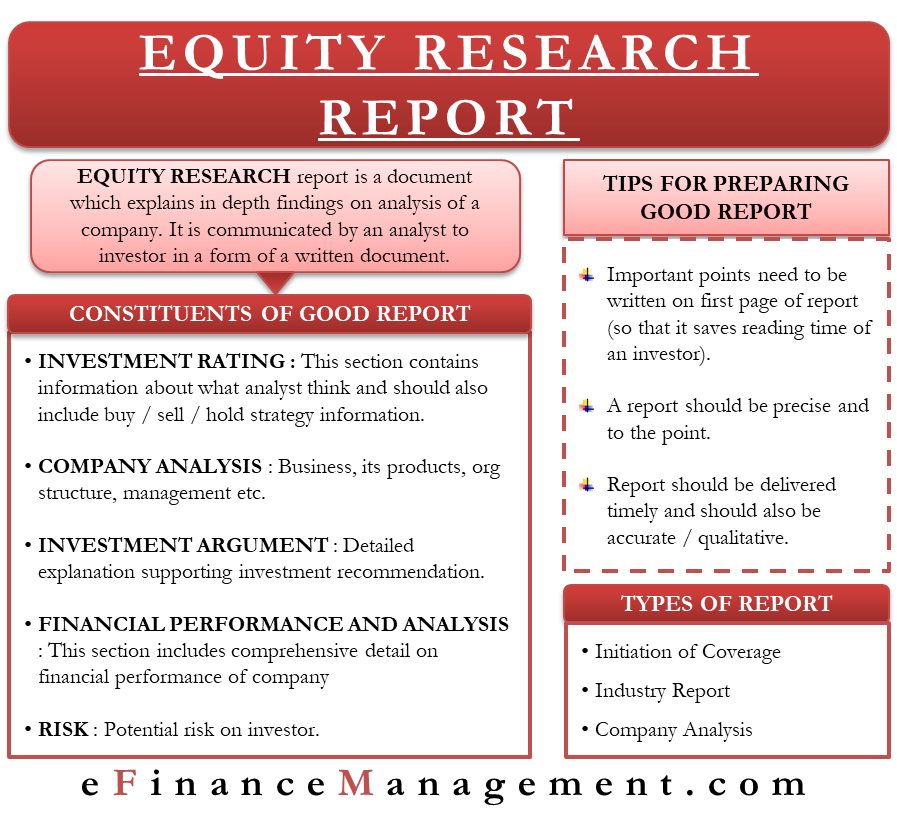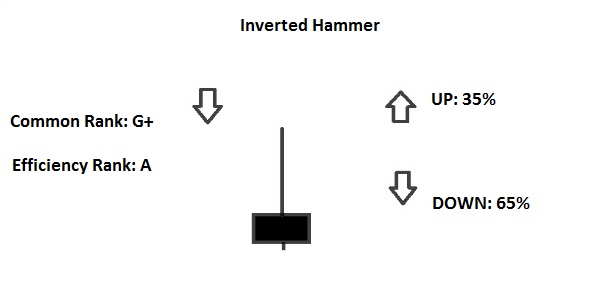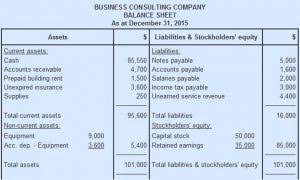
After completing the process of account entry for all the accounts, compare the overall opening balance equity to the sum of all opening equity accounts recorded in the previous account balances. In case the balance matches it is presumed that the starting accounting entry was correct.

Return on Invested Capital for a period shall mean earnings before interest, taxes, depreciation and amortization divided by the difference of total assets less non-interest bearing current liabilities. Using the mini reconciliation method, reconcile the opening balance journal entry for each account. By making checks or deposits, enter the pending transactions using the opening balance equity as the revenue or cost account. The first bank and credit card accounts with balances were added. If you are unable to see the option to terminate an employee on your list of active employees on the company payroll, this mostly implies that they have some history. (i.e., if the fiscal year starts 1/1 then the trial balance is dated 12/31 of the previous year). Opening balances for other Balance Sheet accounts created in the Add New Account dialog box.
Opening Balance Equity 11
If you have any outstanding credit card or bank charges, you have to pay for them in order for the potential correct reconciliation to take place. Opening Balance Equity– This account gets posted to when you create a new chart of account for a loan or item that you enter a opening balance for in the set up of the account in QuickBooks. You must now create a journal entry by crediting the opening balance equity and debiting the credit card or bank account. In our blog series 5 of 5, common Quickbooks terms – What is Retained Earnings and Opening Balance Equity?
Read about transactions using petty cash, its advantages and its disadvantages. Adjusting entries are done at the end of a cycle in accounting in order to update financial accounts. Study the definition, examples, and types of accounts adjusted such as prepaid and accrued expenses, and unearned and accrued revenues. From this point forward, it should no longer be possible to access the opening balance equity account, which means that access to the account should be locked down. When you set up QuickBooks initially, a wizard guides you through a list of your company’s assets and liabilities. You can view your total equity by going to your Chart of Accounts and selecting the Owner’s Equity account. If you have equity from a previous year that hasn’t been distributed to the business owners, you can use the Opening Balance Equity account to send the equity to the Retained Earnings account.
Related Posts
Change the balance equity to “Retained Earnings” if your company is a corporation. If a customer has paid for any goods or services from the business in advance or hasn’t received them yet, then enter the undelivered value here. Use the dropdown to manage when you believe that these goods or services will be delivered. This does not delay the payment of cash, since the cash payment has already been made. This control manages when the value is delivered on your Profit & Loss report. If the business has paid for any goods or services in advance and has not received them yet, then enter the unreceived value here.
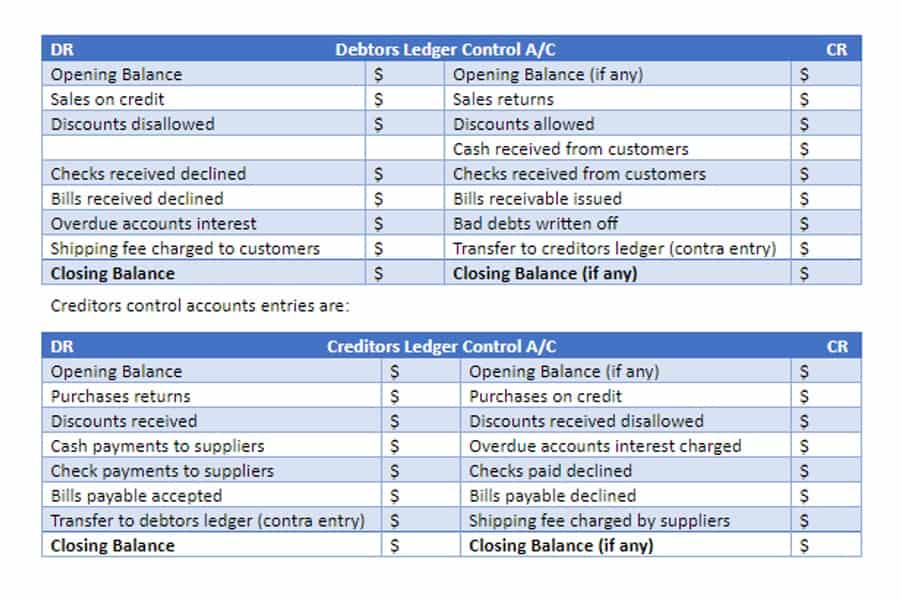
Dancing Numbers template file does this automatically; you just need to download the Dancing Number Template file. The Opening Balance Equity account is a special clearing account, which allows you to start using QuickBooks before you have finished setting up the entire Balance Sheet. Now let’s have a look at corresponding transaction report for the Checking account. You could also set up a scheduled transaction to pay your rent, since the value of the rent is likely to be constant for the foreseeable future. However, if you face any issues, you may connect with the technical team for further assistance.
Off QuickBooks
Just to be clear I created this new file for my cooperation and cary forward the inventory and credit cards from my old self employed business. As a result, if you create a new asset account with a balance, you must usually offset it by the same amount on the other side of the equation. This article will describe what opening balance equity is, why it exists, and how to close it out so that your balance sheets are presentable to banks, auditors, and even potential investors. Maintain professional balance sheets and simplify accounting reports with FreshBooks. The balance of this account will now temporarily be $100 to match the opening balance of the bank account. QuickBooks debits the Inventory Asset account and credits the Opening Balance Equity account. Beginning Balance Equity automatically calculates the difference between beginning assets and liabilities.
There are some common errors that most people commit when managing opening balance equity accounts. First, opening balance equity journal entry should not be permanent- it should be temporary and only carry a balance for a significant period.
Resources for YourGrowing Business
When using this option, it creates adjusting entries on the “adjusted” column of the adjusted trial balance report. I am sure you have found out by now, you can create a journal entry for the balance in that account and move it to retained earnings.
- In reality, we usually don’t have all those account balances when we want to setup our QuickBooks file and start invoicing customers and paying bills.
- The Inventory Adjustment will credit the Inventory Asset account and debit the Opening Balance Equity Account.
- The Opening Balance Equity Account is one of the most commonly misunderstood accounts created by QuickBooks.
- QB throws it in OBE when you create an account with a balance cause it do not know any better.
In that case, the same amount is debited on a different account for the balance sheet to remain balanced. Ideally, the account credited would likely be an Opening Balance Equity account. This account’s balance will temporarily feature the $150 to match the opening balance of the bank where the money is deposited. QuickBooks Online creates this account the first time you enter an opening balance for a Balance Sheet account. As you enter the opening balances, QBO records the amounts in the Opening Balance Equity account. Bank reconciliation adjustments that were not completed properly, leaving an initial balance, are a typical cause of a lingering balance on your opening balance equity account.
Banking Transactions
Many companies clear the https://www.bookstime.com/ account at the end of the year in preparation for issuing financial statements. Opening balances can be entered into the company file in the form of a General Journal Entry for most Balance Sheet accounts using Opening Balance Equity as the offset account. Once all of the beginning balances are entered, the remaining balance in Opening Balance Equity can be apportioned between the proper equity accounts using another journal entry.
What is equity balance?
Equity is equal to total assets minus its total liabilities. These figures can all be found on a company's balance sheet for a company. For a homeowner, equity would be the value of the home less any outstanding mortgage debt or liens.
When the balances match, it proves accuracy in the initial entries of the accounts, as there were no data entry errors. Once all the balances in the initial accounts have been entered, the opening balance in the equity account moves to normal equity accounts, including retained earnings and common stock accounts. Now that you have understood the presence of equity in a balance sheet, you need to know; what does opening balance equity mean? Opening balance equity is an offsetting entry used by accountants to enter account balances to the relevant accounting software. The account is essential when there are previous account balances in the initial QuickBooks accounting software. An opening balance equity account helps balance accounting entries as it is used to offset them in other accounts.
QuickBooks Opening Balance Equity: Meaning
Many consumers get perplexed when they discover a balance for an account they have no recollection of opening. These have a magnifying glass icon next to them and give you some information about where they are entered. Furthermore, using Dancing Numbers saves a lot of your time and money which you can otherwise invest in the growth and expansion of your business. It is free from any human errors, works automatically, and has a brilliant user-friendly interface and a lot more.
What is opening balance equity in Quickbooks online?
What is Opening Balance Equity? Opening balance equity is the offsetting entry used when entering account balances into the Quickbooks accounting software. This account is needed when there are prior account balances that are initially being set up in Quickbooks.
Once you have entered all of your liabilities and owner’s equity, subtract them from the total of your assets to determine your company’s opening balance. The QuickBooks software creates an opening balance equity account with a first entry into the new accounting software. Once you create a bank account and enter an opening balance, QuickBooks will automatically post it in the Opening Balance Equity. Learn the definition of a cost object and understand its different types. Discover various cost object examples and find why costs are assigned to cost objects. Learn about the definition of accounting cycle and know about the steps of accounting cycle along with some examples. Some people disregard it, which is a mistake because it is just intended to be a temporary account.

